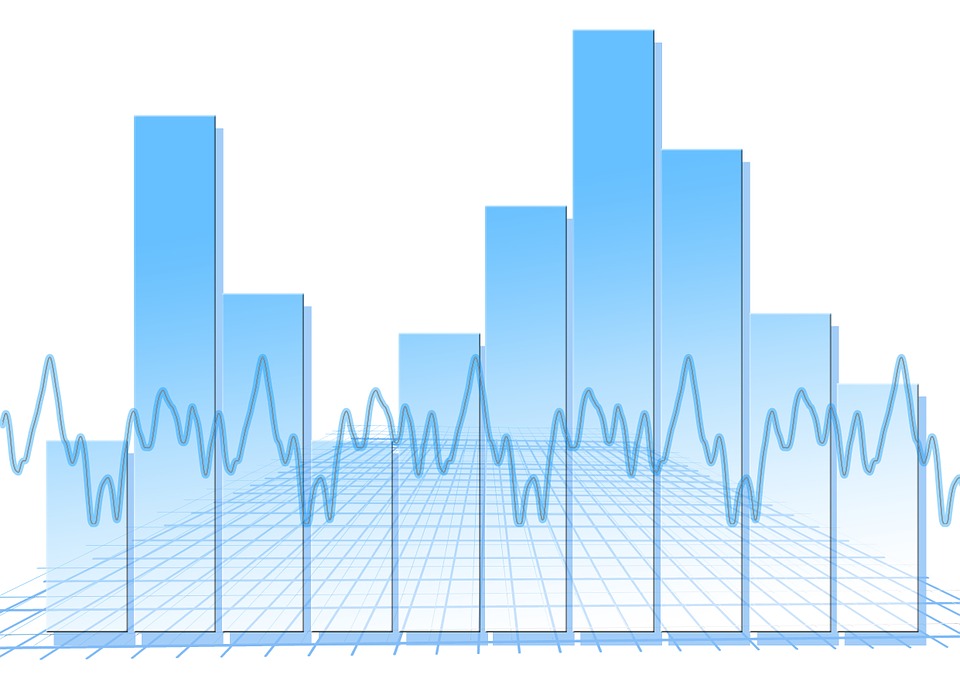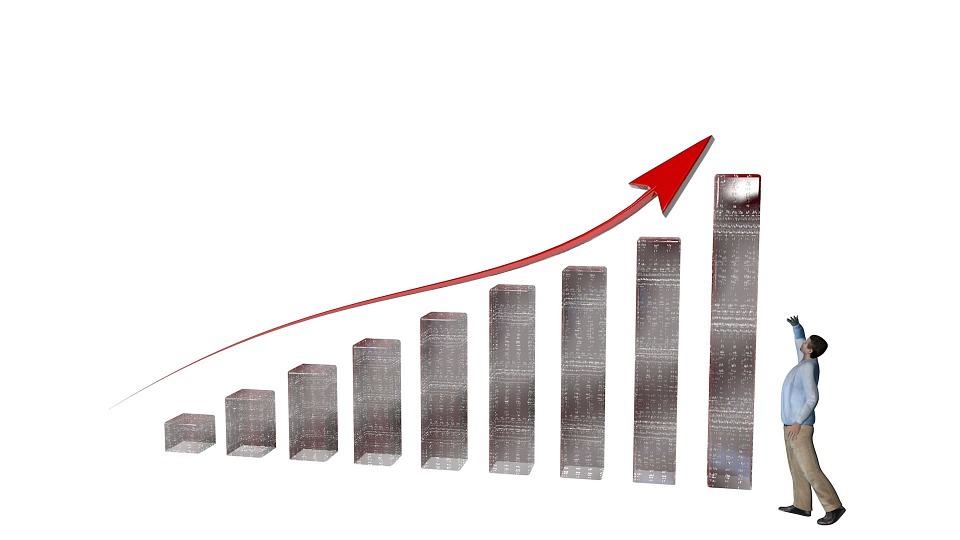Looking back over the year that is gone, there were few signs of relief for the average household. The knock-on effects of the Brexit referendum resulted in price rises on everyday items from butter to electronics while the Bank of England increased interest rates for the first time in a decade, leaving the banks open to increase the mortgage repayments of homeowners.
While inflation is creeping up – it was 3.1% in November – wage growth has not matched the rise, resulting in a squeeze on the average household budget.
Even the family’s annual holiday in the sun is now more expensive as the weaker pound affects the price of travelling abroad.
With those grim developments behind us, what does 2018 hold for the average household, and are there any signs of relief?
More price rises
Weaker sterling meant that even everyday products such as butter and tea cost more this year. Apple, Sonos and Microsoft have also hiked their prices.
Unfortunately, it is expected that the hikes will continue in 2018, according to retail analyst Jonathan De Mello at Harper Dennis Hobbs. “Unless a ‘hard’ Brexit can be avoided, it is inevitable that UK consumers will face price rises for everyday goods in 2018 and beyond,” he said.
“ Inflation is high currently and the government is finding it difficult to keep it under control. The recent interest rate rise was an attempt to do so, but sterling is still very weak – meaning retailers that import their products (ie most of them) will face increased costs, which given tight margins will have to be passed on to the consumer.”
“The major additional downside risk to this is a hard Brexit – this would lead to tariffs on trade to and from the EU – increasing costs, inflation and therefore prices on the high street further.”
Sterling trouble
Families heading to the sun have been depressed when looking at the exchange rates for their two weeks on the continent. At its lowest point this year, £1 got just €1.08 – down from €1.31 in the month before the Brexit referendum in 2016.
What happens to the pound over the next year – and the subsequent knock-on costs for holidays – will again be largely dependent on how the Brexit talks progress, said David Lamb of Fexco, an Ireland-based financial services company.
“The ongoing uncertainty over how Britain will extricate itself from the EU will continue to drive both the news agenda, and by extension, sterling sentiment,” he said. “We should expect a volatile ride for the pound throughout the next stages of Britain’s negotiations with the EU. Any signs of significant progress will see the value … soar, while hints that talks are running into trouble will cause it to fall.
“In that respect 2018 won’t differ that greatly from this year. During 2017, sterling has traded in a range that has taken it both 5% higher and 5% lower, pivoting around a midpoint of €1.14. Nevertheless, year-on-year sterling is only down by about 3% versus the euro, which given how far it fell in the immediate aftermath of the EU referendum, is pretty stable.
“If we do see some movement in trade talks next year there is no reason sterling couldn’t test this year’s April high of €1.20 – but for that to happen, investors will want to see evidence of real, substantive progress.”
Another rate rise?
November saw the first interest rate rise in 10 years, resulting in millions of homeowners facing higher mortgage payments. Bank of England governor Mark Carney said the move was not part of a sustained trend but it is anticipated that there will be two further quarter-point rises by the turn of the decade. The move last month brought the interest rate from 0.25% to 0.5%, adding £22 to the cost of the average variable rate mortgage.
Ray Boulger of mortgage broker John Charcol has predicted that the interest rate will go up by one quarter by the end of 2018, bringing it to 0.75%.
“There is likely to be one 0.25% bank rate increase in 2018, or possibly two, but as for several years much larger increases have been factored in to the mortgage affordability assessment, this should not put those who have obtained a mortgage recently under financial pressure,” he said.
“However, an immediate impact of any bank rate increase is likely to be the maximum amount available to new borrowers. The financial policy committee mandates that lenders assess affordability in most cases on the basis of a 3% increase in the revert-to rate, normally a lender’s standard variable rate (SVR), and so any increase in the bank rate automatically reduces the maximum mortgage available unless lenders don’t pass on the increase in their SVR even if, as with November’s increase, the cost of fixed rate mortgages doesn’t increase.”
Energy prices
Government plans for a cap on electricity bills and gas prices would affect some 11 million households from 2019 at the earliest and apply to those on a standard variable tariff, the expensive plans that customers are moved to when cheaper, fixed deals end.
This planned legislation could result in energy suppliers putting up prices in advance of it being introduced, according to Emma Bush from comparison website uSwitch.com.
“The threat of a widespread price cap could see some suppliers removing their cheaper deals and pricing up towards the level of an anticipated cap, although if it is introduced it’s not expected to happen before 2019,” she said. “A cap could lull consumers into a false sense of security whereby they think they are on a competitive tariff. If energy companies don’t fear losing their customers they won’t feel the pressure of competition to keep their prices and their costs low, resulting in a lose-lose situation for consumers.”
“With savings of up to £491 available for households switching away from expensive standard variable tariffs, our advice is always to run a comparison and protect yourself against potential price rises by switching to a cheaper fixed-term deal.”
House prices
Recent reports have speculated that while the price of houses nationwide will probably increase marginally over the coming year, there will be drops in London, continuing a trend seen in the last few months.
Rightmove has predicted that prices will rise across England and Wales by 1% in 2018 but that there will be a 2% drop in the capital. Such a rise in overall prices would be the lowest annual increase since 2011. A report from Savills predicts that house price growth in London will lag behind other regions for the next five years.
A separate report last week, this time from the Royal Institution of Chartered Surveyors, predicted that house prices across the south-east will drop as well as those in the capital. Again, the Rics said that higher prices in areas such as Scotland, Wales, Northern Ireland and north-west England would stop an overall nationwide drop.
And finally … pricier pop
The sugar tax is expected to come into force in April. Under the new rules, producers or importers of soft drinks will have to pay a sugar tax of 18p per litre on drinks containing 5g or more of sugar per 100ml and 24p per litre more if their products contain 8g or more per 100ml. The Treasury expects the levy to raise £385m a year. The move has been opposed by the industry, which says it will disproportionately affect poor people.
The money gathered from the new tax is earmarked to be used on increasing the funding for sports in schools.
Source: The Guardian







